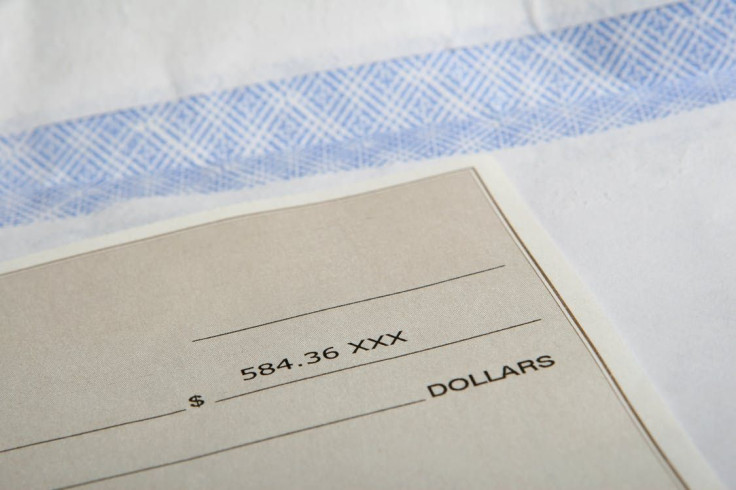Inflation, High Interest Rates Push More Americans To Live Paycheck To Paycheck
The vast majority of Americans are living paycheck to paycheck, even as a hot labor market provides plenty of opportunities for bringing home a better paycheck.
According to a recently released survey from LendingClub and PYMNTS, 64% (166 million) were living paycheck to paycheck in December 2022, up from 61% last year.
In addition, 51% of Americans earning an annual income of more than $100,000 live paycheck to paycheck, up nine percentage points from 42% in December 2021.
Meanwhile, the percentage of middle-income Americans (those earning between $50,000 and $100,000 annually) and low-income Americans (those earning less than $50,000 annually) have remained relatively steady over the same period — sitting at 66% and 78%, respectively, as of December 2022.
The rise in the number of affluent Americans living paycheck to paycheck means the trend is broadening, reaching middle-class America. In addition, it comes when the U.S labor market remains red hot. For instance, in January, the nation's employers added a whopping 517,000 jobs, helping push the unemployment rate down to 3.4%, the lowest in more than 50 years.
"One of the astonishing facts about consumer wealth in this country is the sheer number of people who live paycheck-to-paycheck and have trouble paying their bills – it's an endemic problem that surprisingly affects even those with median and high incomes," Neal Desai, CEO & Co-Founder of Kafene, a point-of-sale financing company," told International Business Times.
That's a disturbing trend for the world's largest and most prosperous economy, especially when it comes to a hot labor market, which is supposed to provide plenty of opportunities to pursue a better living.
What can explain this riddle? The first thing that comes to mind is inflation. The old villain raises the cost of living, undermining the purchasing power of paychecks across all income brackets. But more so for those in the low and middle-income brackets, who spend a more significant proportion of their income on living expenses.
Then there are rising interest rates, which boost payments for adjustable mortgages and consumer debt, meaning that consumers with these types of loans must set aside a more significant proportion to service them.
"It is not surprising that more people are living paycheck to paycheck," Jay Zigmont, Ph.D., CFP, Founder of Childfree Wealth, told IBT. "The combination of inflation with rising interest rates means that everything is getting more expensive. Unfortunately, raises tend to lag behind inflation (consumers pay more for a year and then get a raise)."
For instance, average hourly earnings rose at an annual rate of 4.4% in January, well below the 6.5% gain in the Consumer Price Index, a measure of the rising cost of living.
"The spike in those tapping into their credit cards and home equity lines of credit has increased at the fastest pace on record," added Shmuel Shayowitz, a Real Estate & Finance Executive and Writer. "We used to read how "the average" American has been impacted by higher inflation, but that is no longer the case; Most Americans are feeling the brunt of greater expenses and wages that have not increased with higher costs of day-to-day living."

© Copyright IBTimes 2024. All rights reserved.




















